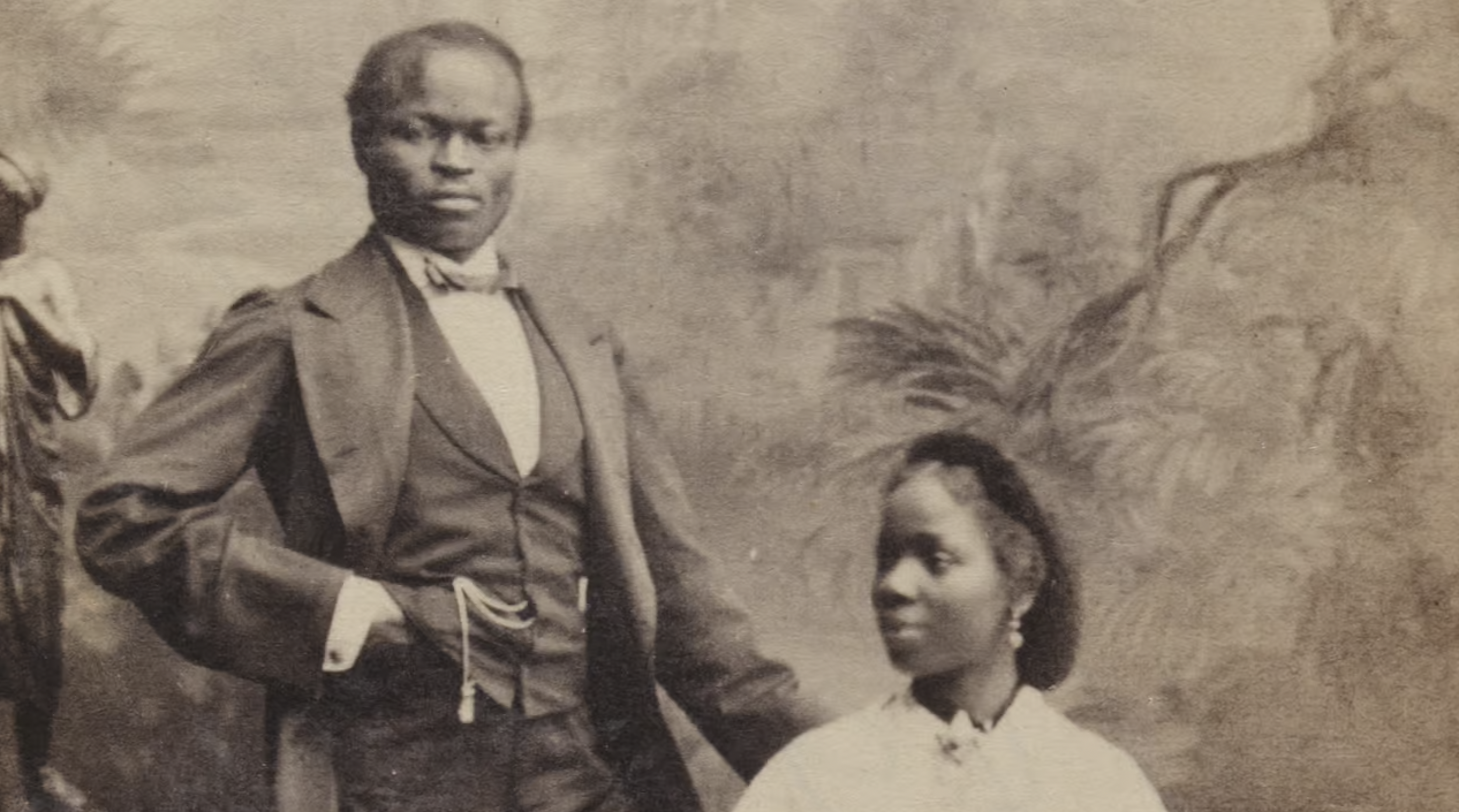Through my experiences as a history major at Skidmore, it has become clear to me that the college places an importance on exploring history “from the bottom up.” This means emphasizing voices that have been traditionally ignored in the field of history. Prior to the twentieth century, historians and scholars focused almost exclusively on white men in power. When minorities were mentioned in the annals of history prior to the twentieth century, their stories were sidelined and heavily influenced by stereotypes and biases. On the rare occasions when scholars addressed the oppression faced by minority groups, they were treated solely as victims, rather than as human beings with any kind of agency. However, within the Skidmore History and American Studies Departments, the voices so often ignored and overlooked throughout history are thrust into the limelight.
Nearly every course offered by these departments places a distinct emphasis on exploring voices that have often been ignored. For some courses, such as African American History or American Indian History, it is obvious which typically excluded voices will be included. For other courses, in which the bulk of the subject matter is typically rooted in the actions of those in power, Skidmore professors make a clear effort to explore underrepresented narratives. In the course description for “Deconstructing Britain,” the curriculum promises to investigate “how Britain looked to those who lived under its shadow—including Indian travelers, African sailors, and Native American traders.” The course titled “The Cold War Berlin” explores women’s social movements on both sides of the Berlin Wall, and the “Two World Wars” course investigates the monumental changes experienced by colonial communities between World War I and World War II.
In speaking with professors from the History and American Studies Departments, their commitment to teaching history “from the bottom up” is abundantly clear, with Professor Beck Krefting of the American Studies Department eloquently writing:
“A crucial objective in American Studies is to give voice to those historically marginalized, including Indigenous communities, enslaved people, immigrants, women, and workers, whose labor we have co-opted and profited from while simultaneously subjecting them to genocide, colonization, forced assimilation, political obscurity, and cultural appropriation.”
Professor Krefting further argues that rather than simply correcting past omissions from history, teaching history from the bottom up allows for a fuller and more accurate picture of history. She argues that “when we center the experiences of those outside power’s halls, we challenge and deepen our understanding of the richness and complexity of American identity.” Professor Eric Morser, of the History Department, responded with similar thoughts, stating:
“The reality is that most historical figures are not powerful senators, military leaders, or captains of industry—the folks who historians used to focus on as a way to understand the past. Instead, they were people who worked hard to feed their families, struggled to pay the rent, navigated racism and sexism, volunteered to fight in wars, and devoted themselves to the day-to-day struggles and joys of getting by.”
Professor Morser rightly points out that the wheels of history were not driven by the White men in power, who are so often the focus of historical texts. The actions of these men did not exist in a vacuum; they were responses to pressures and actions of the ignored, voiceless minorities of their times. To fully understand the decisions and actions of those in power throughout history, the lives of those outside of the circles of power must be examined. Professor Jennifer Delton, Chair of the History Department, reinforces this point, writing that teaching history from the bottom-up “raises the question of who responds to whom, where change actually comes from.”
Teaching history from the “bottom-up” at Skidmore College has a much more significant impact than simply creating better history students: it causes substantial changes in the ways students think. Several of the faculty I spoke with in both departments asserted that teaching history from the bottom up creates better citizens, not just better students. Professor Krefting maintains that by examining history through the lens of marginalized voices, students will begin to question why groups and individuals are included or excluded from certain stories. She argues that as a result: “[Students] become attuned to the narratives shaping contemporary issues, prepared to be thoughtful global citizens who appreciate how the past influences the present and shapes the future.” Similarly, Professor Eric Morser concluded, “I like to include a range of stories because I think doing so makes us better citizens. We can learn a lot about ourselves (and how change happens) by exploring a pageant of historical voices and what they did to change the course of history.”
Explore the History and American Studies Department pages to see course offerings.
